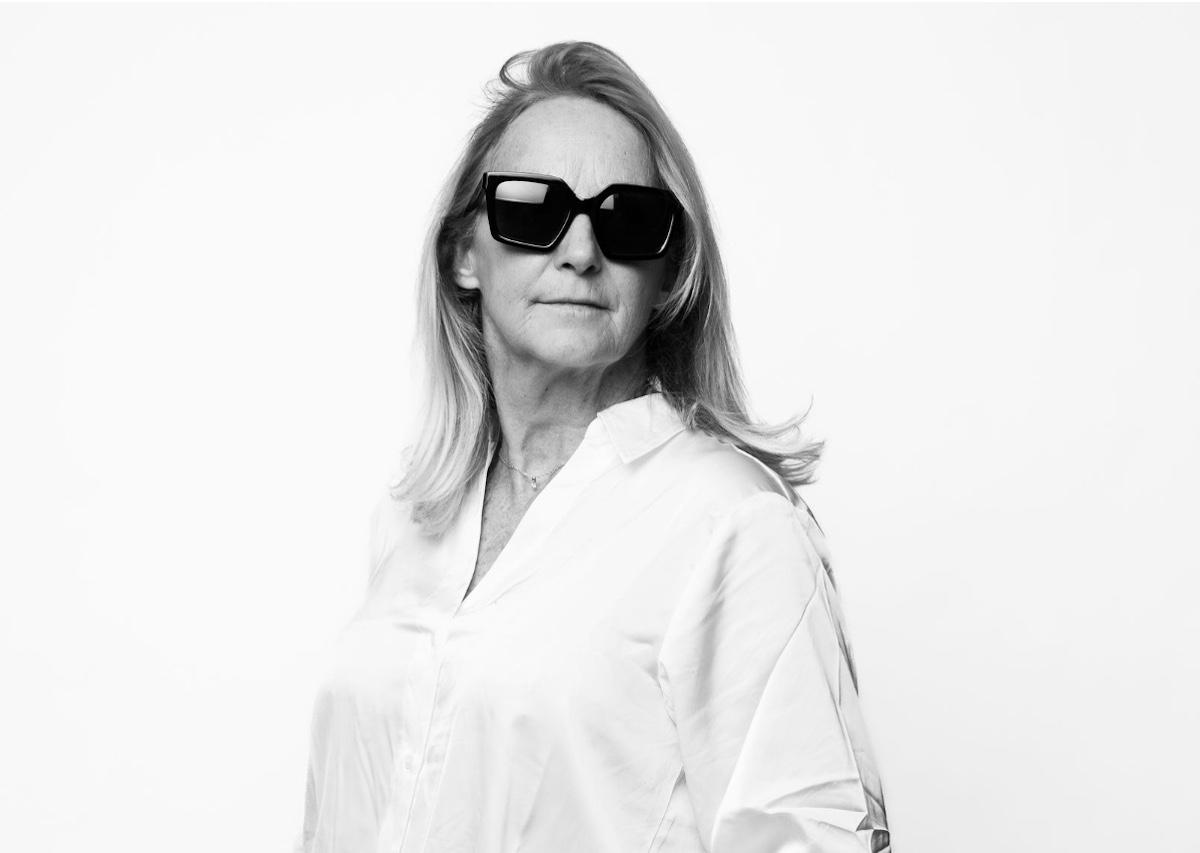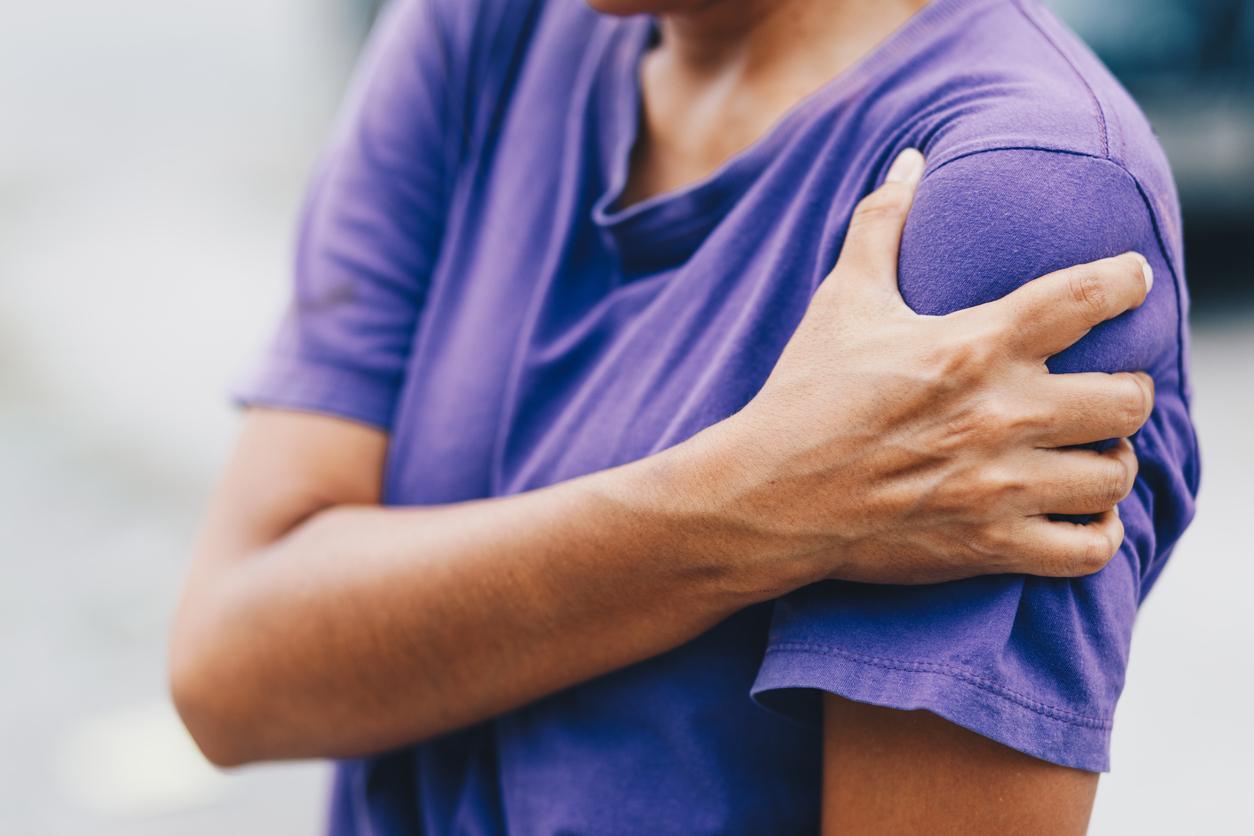DiGeorge syndrome could be detected faster, and with 97% reliability, thanks to facial recognition.

The detection of certain rare diseases could become easier by limiting the therapeutic wandering. Scientists at the American Human Genome Research Institute (NHGRI) have successfully used facial recognition techniques to detect patients with 22q11.2 microdeletion, commonly known as DiGeorge syndrome, or cycling syndrome. -cardio-facial. According to the researchers, it would be possible, thanks to their tool, to detect this malformation of chromosome 22 with a simple photo.
This is an advantage for doctors, who often have difficulty diagnosing this rare disease, which affects less than one in 3,000 births, in children whose parents are not affected (in 90% of cases).
It is manifested in fact by not very specific symptoms: a cleft lip, especially on the palate (cleft palate), swallowing disorders, heart, kidney and urinary tract malformations, or even problems with learning.
Ethnic disparities
This lack of specificity is reinforced by the disparities according to the origin of the victims. “Deformities manifest themselves differently in different parts of the world,” explains Dr. Paul Kruszka, geneticist at NHGRI and lead author of the study, published in theAmerican Journal of Medical Genetics. Even experienced practitioners find it difficult to diagnose it in non-European populations ”.
The researchers included 126 facial features in their database, from 207 people, 106 of them using only photos. They took care to integrate patients from 11 countries in Africa, Asia and Latin America, in order to extend the scope of these particularities.
By testing facial recognition on 156 affected people, mixed with people not suffering from the disease, it was found to be 96.6% reliable.
An atlas of genetic diseases
This encouraging result is part of a larger NHGRI initiative, theAtlas of Human Malformation Syndromes in Diverse Populations. Launched last September, it identifies, using photos of the face or other parts of the body, the diversity of the sufferers of several genetic diseases in the world population.
This work also aims to extend the existing databases, which almost exclusively concerned people from northern Europe. It has already been used for Down syndrome, and researchers are now planning to develop it for Noonan and Williams syndromes.
Facial recognition would allow doctors, even poorly equipped, and with limited access to modern medicine, to perform a quick and simple test, with the only help of a smartphone.
“Caregivers here in the United States, as in other countries with fewer resources, will be able to use the Atlas and facial recognition to make early diagnoses,” adds Dr. Maximilian Muenke, co-creator of the Atlas. Earlier diagnoses are synonymous with better management, which would reduce the pain and the burden of these diseases on children and their families. “
.















